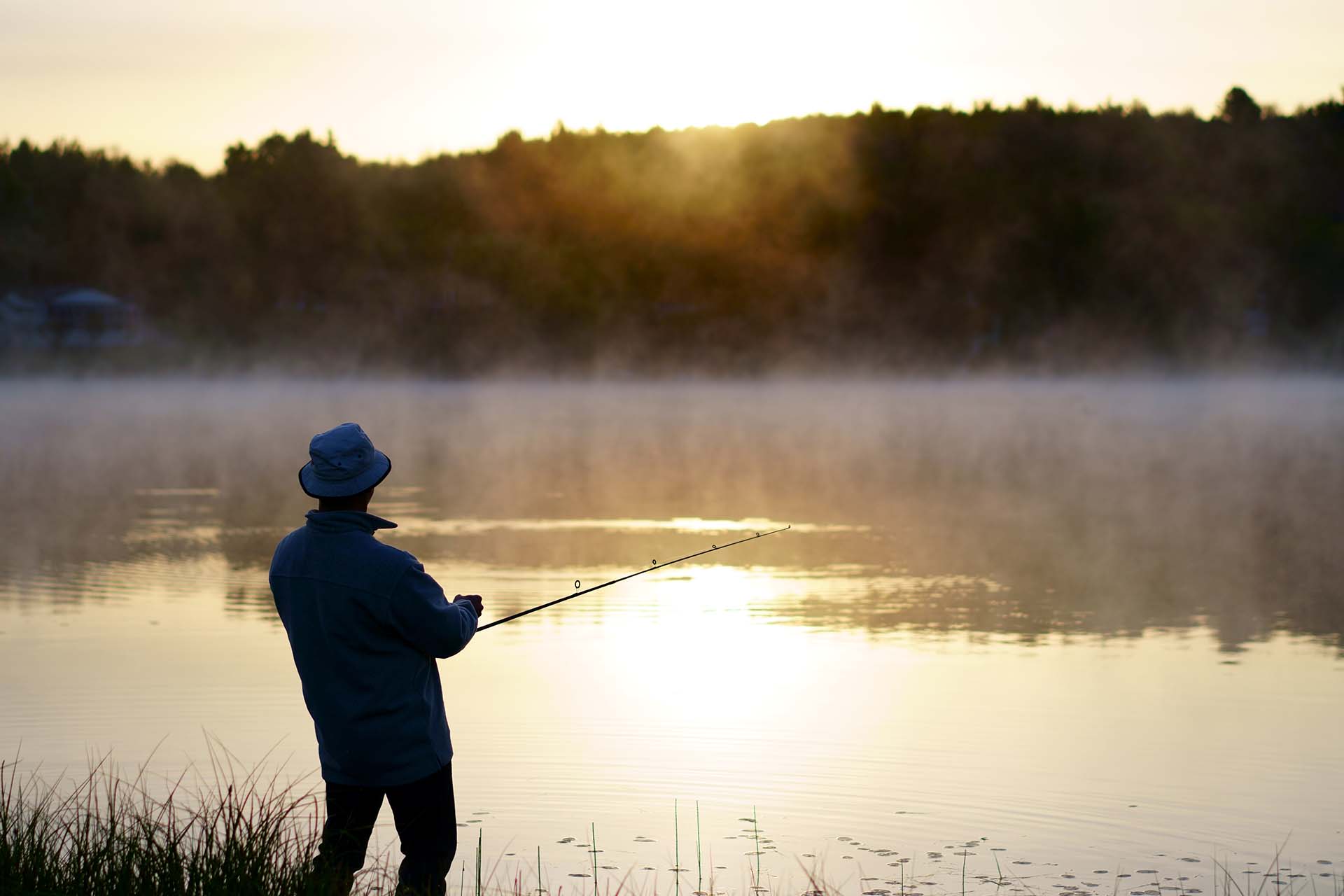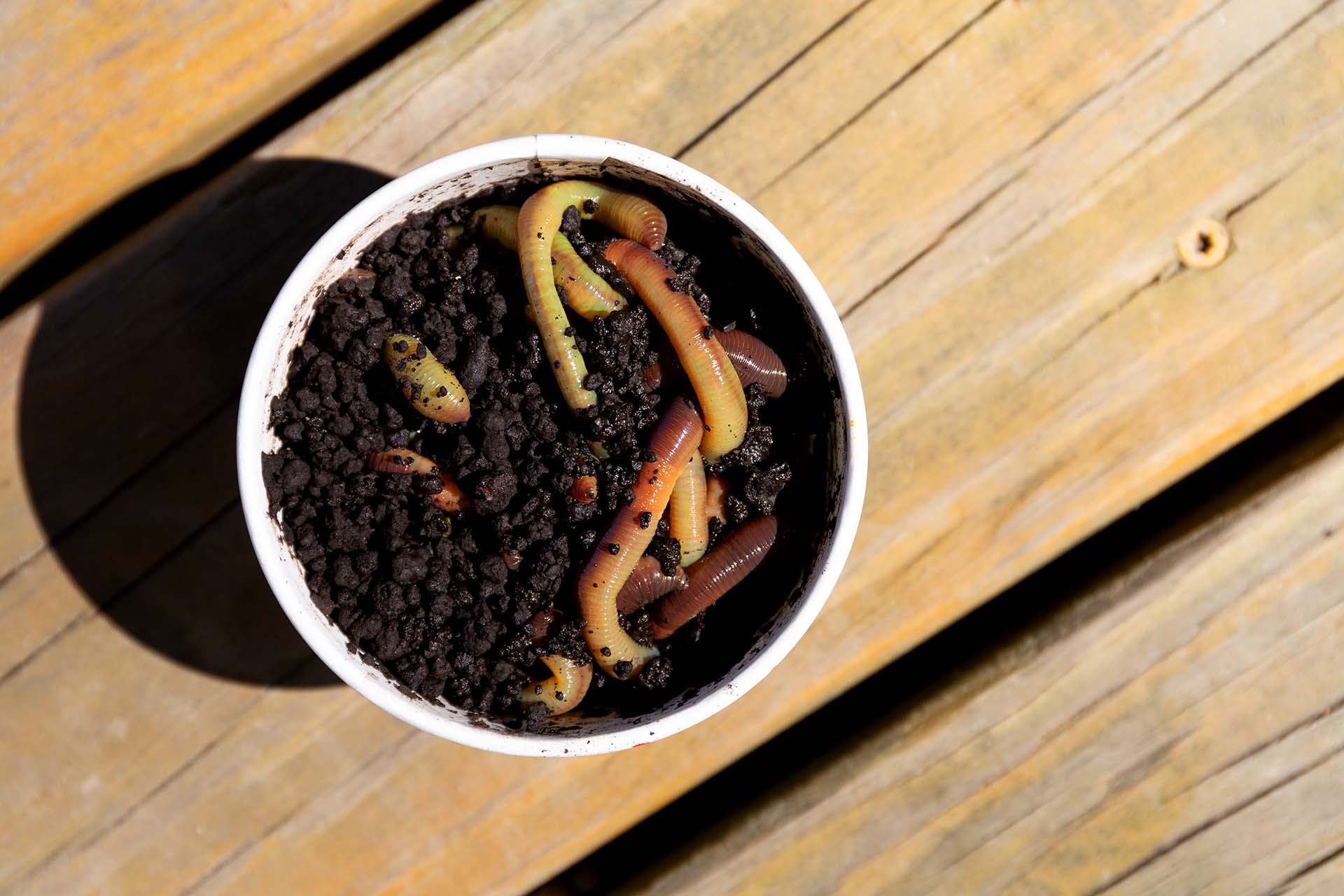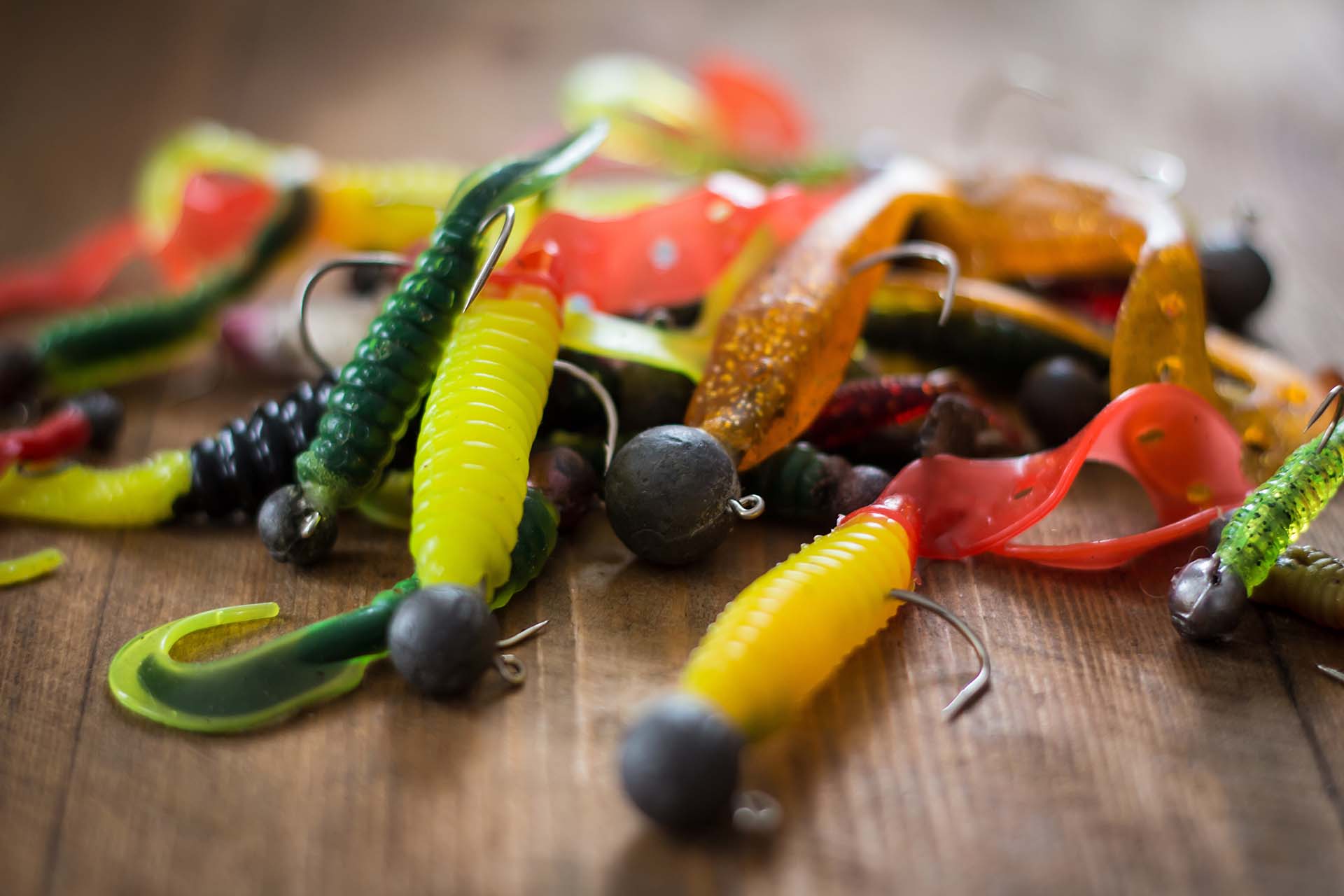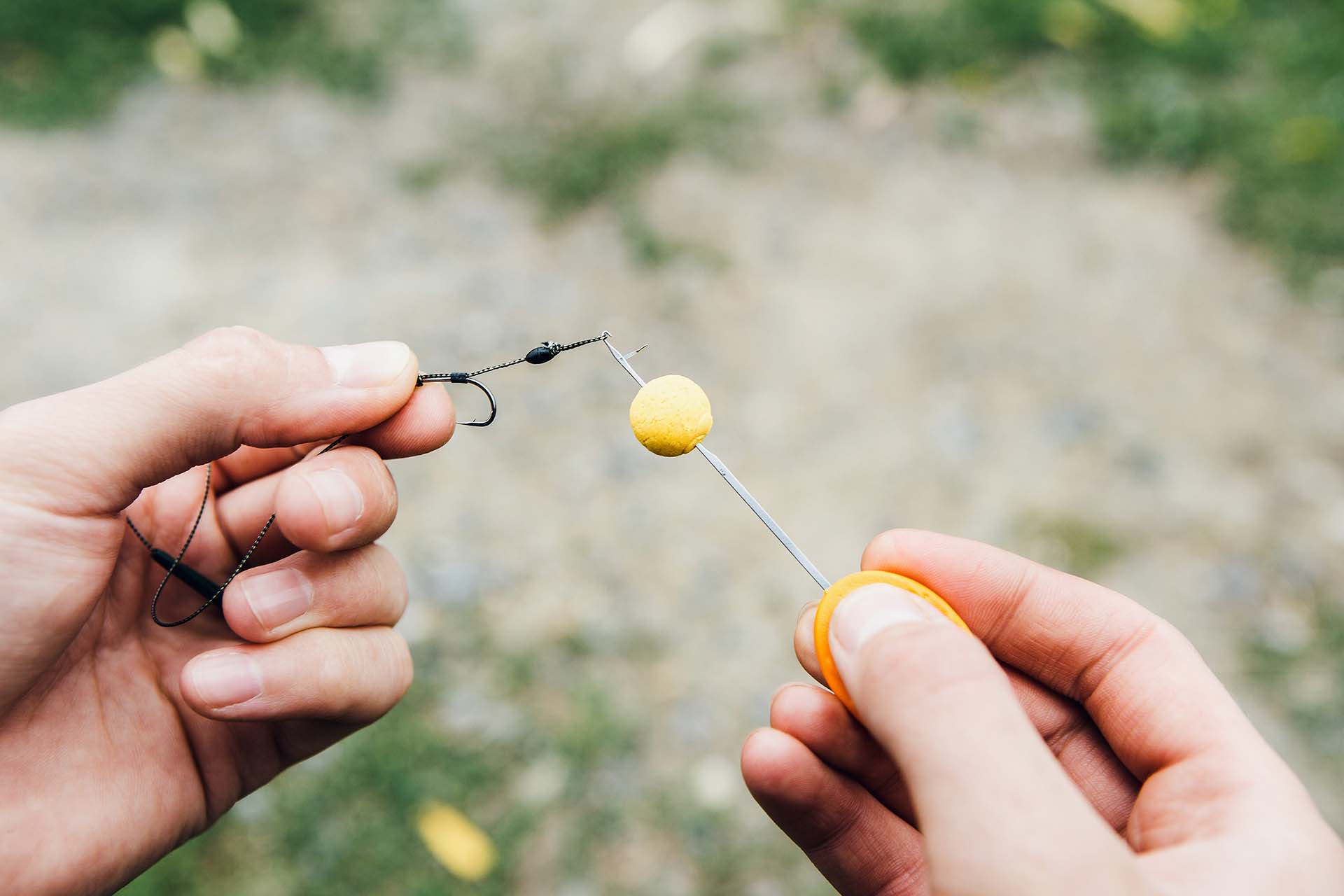When you’re on a freshwater adventure, you should explore what are the best yellow perch bait. This species, also known as a preacher, is valued as a game fish more for their taste than their ability to put up a struggle. But, no matter what the reason for your angling trip is, let’s go over the preferences and habits of preachers and boost your fishing success and enjoyment.
Understanding Yellow Perch Preferences Is the First Step In Picking the Best Bait for Yellow Perch
Yellow perch, sought after for their flavor and widespread presence in North America’s freshwater bodies, appeal to anglers of all levels. Choosing the best bait hinges on understanding these fish, their diets, and their environment.
Yellow perch primarily feeds on insects, small fish, and crustaceans, indicating the need for bait that mirrors these natural food sources. Additionally, the effectiveness of bait varies with seasonal and environmental changes, as these factors influence the fish’s feeding habits. Anglers must adapt their bait choices to match the current conditions and the preachers’ preferences for a fruitful fishing experience.

Live Options – The Natural Choice for Yellow Perch Bait
Live baits hold a special place in the hearts of anglers targeting preachers, owing to their unparalleled effectiveness in mimicking the natural prey of these fish. Live bait for perch is not merely a matter of taste but a reflection of their instinctual feeding habits.
In the wild, these fish are accustomed to hunting live prey, making the movement, scent, and appearance irresistibly attractive to them. This natural predilection means that, for many species, fresh baits can significantly increase the chances of a successful catch.
Popular Live Baits for Preachers Angling Game
Among the live baits available, minnows, worms, and insect larvae stand out as the top choices for successful catching preachers. Minnows, with their lively swimming action, closely resemble the small fish yellow perch prey upon in their natural habitat. This makes them an excellent choice for mimicking this aspect of their diet.
Worms, particularly nightcrawlers, offer a wriggling motion that entices preachers, effectively triggering their predatory instincts. Insect larvae, such as maggots and waxworms, are also highly effective, especially when fished through the ice or in cold water conditions, as they replicate the smaller, easy-to-catch prey that yellow perch favor.
Storing and Handling Live Bait
Keeping live bait fresh and lively is essential, as the vigor of the bait significantly impacts its effectiveness. Minnows, for instance, should be stored in a well-oxygenated container with water temperatures kept as consistent as possible to their natural environment. This can be achieved with the use of aerators and by periodically changing the water to remove waste and provide fresh oxygen.
Worms and insect larvae require cool, moist conditions to stay lively and should be kept in soil or special bedding available from bait shops. Avoiding excessive handling and exposure to extreme temperatures is crucial, as this can stress the bait, reducing its liveliness and, consequently, its appeal to preachers. By adhering to these best practices for storing and handling live bait, anglers can ensure their bait remains in optimal condition, ready to attract the keen attention of yellow perch.

Artificial Lures – Simulating Prey for Preachers
While live baits are a natural and effective way to catch preachers, there are scenarios where artificial lures become the angler’s best choice. These scenarios include situations where live bait is not readily available, regulations restrict the use of live bait, or when anglers prefer the convenience and reusability of artificial lures.
Additionally, artificial lures can be particularly advantageous in waters where preachers are highly pressured or finicky. In that case, the unique action and vibrant colors of artificial lures can entice strikes from fish that might ignore some live lure. They also offer the ability to cover more water quickly and target specific depths more easily than live bait, making them ideal for locating and catching this species in larger bodies of water or when they are scattered.
Selecting the best artificial bait for yellow perch involves understanding the fish’s natural prey and attempting to mimic it as closely as possible. Jigs, spinners, and soft plastics are among the most effective lure types for this purpose. The key is to match the lure to the prevalent prey items in the area you’re fishing, considering factors like size, color, and action.
Jigs
Their vertical bouncing action imitates the movement of small fish or crustaceans, proving irresistible to perch. When selecting jigs, factor in both size and color to closely resemble the local prey.
Spinners
The flashing blades mimic the flicker of fleeing fish, captivating yellow perch with their visual appeal and vibration.
Soft plastics
Options like grubs, worms, and mimic minnows can be rigged in diverse ways to replicate various prey types, ranging from small fish to aquatic insects.
Technique Tips for Fishing With Artificial Lures for Perch
Making artificial lures irresistible to yellow perch involves more than just the right selection. You’ll have to think about the fishing bait techniques – specific retrieval and presentation strategies. One effective technique is the use of a slow, steady retrieve, punctuated by occasional pauses and twitches to mimic a wounded or dying prey item.
This can trigger the predatory instincts of preachers, leading to aggressive strikes. When using jigs, try a series of gentle lifts and drops, allowing the jig to touch the bottom before lifting it again, which can simulate a feeding minnow or insect. For spinners, varying the speed of the retrieve can help find the right rhythm that the preacher finds irresistible.

Homemade Fishing Baits – A Personal Touch for Yellow Perch
There’s a unique charm in crafting homemade baits for preachers, rooted in the tradition, creativity, and personal touch it adds to the angling experience. Opting for homemade baits allows anglers to experiment with different ingredients and textures.
This hands-on approach not only connects the angler more closely with the natural environment but also opens up a world of customization and experimentation that store-bought baits can’t match. Whether you’re mixing up a batch of dough bait in your kitchen or gathering natural ingredients from the outdoors, the process of creating homemade bait is an enjoyable prelude to the thrill of catching fish.
Crafting Effective Homemade Baits
Making homemade baits that appeal to preachers involves a mix of culinary art, science, and a bit of old-fashioned ingenuity. Dough baits and natural concoctions are two popular and effective options. To start with dough baits, mix simple pantry items like flour, cornmeal, and sugar with water to create a base.
Enhancing this mixture with aromatic ingredients such as garlic powder, anise oil, or cheese can make the bait more enticing to yellow perch. The dough can be shaped into small balls or strips that easily attach to a hook. For natural concoctions, consider blending minced fish, crustaceans, or insects with gelatin to form a cohesive bait that mimics the preacher’s natural prey.
What Are the Benefits of Homemade Baits?
Homemade options offer several advantages over their store-bought counterparts, chief among them being cost-effectiveness and customization. The materials required to create effective homemade baits are often inexpensive and readily available. This allows anglers to produce a large quantity of bait at a fraction of the cost of commercial products.
Furthermore, the ability to customize baits to the specific tastes of local populations can significantly increase your success bite bait rate. By adjusting ingredients based on experience and observation, anglers can develop specialized baits that are irresistibly attractive to yellow perch in their fishing area. Additionally, the process of creating and using homemade baits adds a satisfying element of self-reliance and craftsmanship to the fishing experience, enriching the connection between the angler and the natural world.

The Ethical Angler – Sustainable Bait Practices
One of the yellow perch fishing tips is to adhere to ethical fishing habits. Sustainable angling ensures that future generations can enjoy the same vibrant fisheries and natural beauty that we do today. This principle is particularly crucial when catching species like the preachers, which, while not currently endangered across its range, face pressures from overfishing, habitat loss, and pollution in specific areas. By adopting sustainable bait practices, anglers can minimize their environmental impact and contribute to the conservation of yellow perch populations and their ecosystems.
Be Responsible and Use the Sustainable Freshwater Fishing Baits
Ethical fishing practices for preachers encompass several key aspects, including the sustainable harvest of live bait and the proper disposal of unused bait. Sustainable live bait harvesting involves taking only what is needed for fishing and choosing harvesting methods that do not negatively impact local bait populations or their habitats. This might mean using traps that allow for the release of non-target species or adhering to regulations designed to protect sensitive species and habitats.
Proper disposal of unused bait is equally important. Unused live bait should never be released into a body of water different from where it was collected, as this can introduce invasive species or diseases that could harm the local ecosystem. Similarly, artificial and homemade baits should be disposed of responsibly, not left in the environment where they can become litter or pose a hazard to wildlife.
Catch and Release Angling Considerations
Catch and release is a popular practice among anglers aiming to minimize their impact on fish populations, including preachers. To ensure the health and survival of released fish, using barbless hooks can be a significant first step. Barbless hooks cause less damage to the fish’s mouth, making it easier to remove the hook quickly and with minimal stress to the fish.
Handling yellow perch carefully during catch and release is also vital. Fish should be handled with wet hands to protect their slime coating, which is crucial for their health and resistance to diseases. If possible, avoid taking the fish out of the water. If you must lift the fish, support its body to prevent injury. When using certain types of bait, particularly those that might be swallowed more deeply, be prepared with the appropriate tools, such as hook removers or needle-nose pliers, to safely and efficiently remove the hook.

The Key to Successful and Sustainable Perch Fishing
Choosing the right bait for a preacher’s fishing is more than just a matter of preference; it’s about understanding the fish, their environment, and the subtle interplay between the two. By selecting the appropriate bait be it live, artificial, or homemade anglers can significantly increase their chances of success.
More importantly, by adopting ethical and sustainable practices, anglers contribute to the conservation of yellow perch populations and the broader ecosystem. This approach to fishing ensures that the sport remains a rewarding experience for all, preserving the natural beauty and biodiversity of our waterways.







